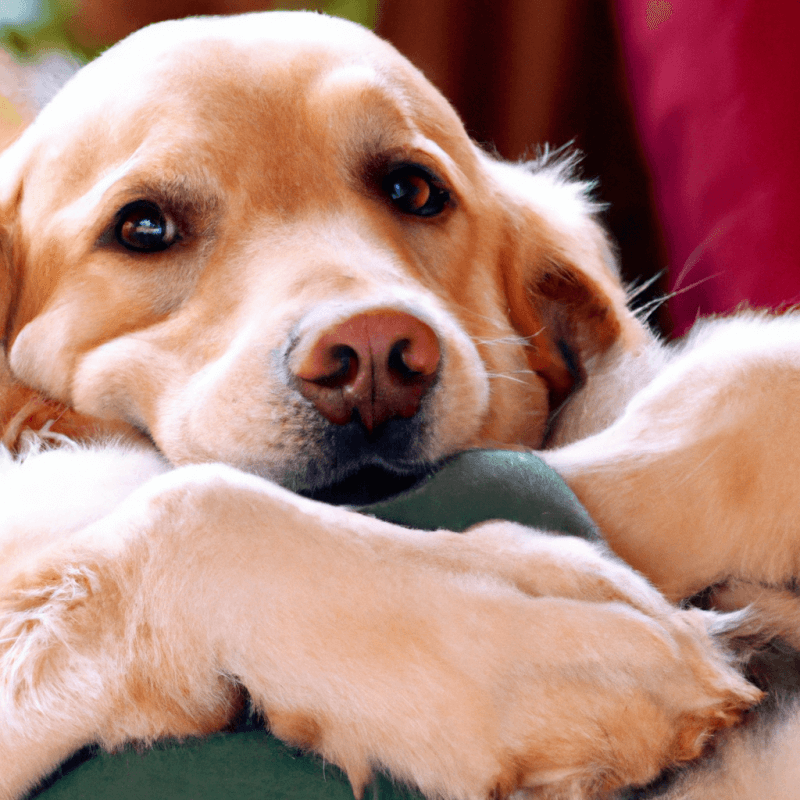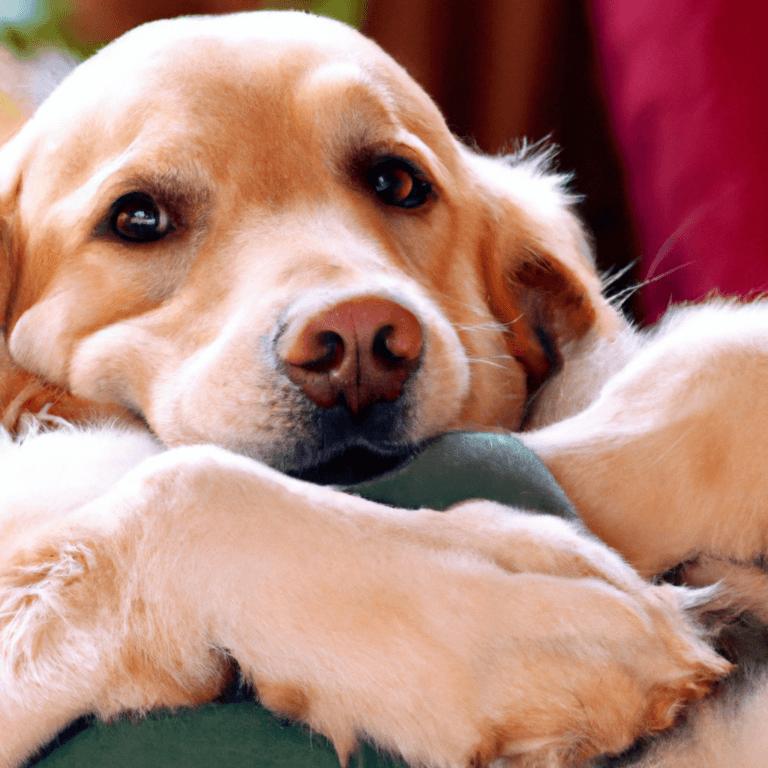Have you ever wondered how to gauge your pet’s happiness? As pet owners, we want nothing more than for our furry friends to be content. But how can we know for sure? In this article, we will explore various signs that indicate your pet is happy. By paying attention to their behavior, body language, and overall well-being, you will be able to better understand your pet’s emotions and provide them with the love and care they deserve.
Body Language
Tail wagging
One of the most recognizable signs of a happy pet is a wagging tail. Dogs often wag their tails when they are excited or pleased, and it’s a clear signal that they are feeling positive emotions. However, it’s important to note that not all tail wagging is a sign of pure happiness. A stiff and rapid wagging tail can indicate agitation or fear, so it’s vital to observe the context and the overall body language of your furry friend.
Ready for Cat Trivia?
Test your knowledge about cats!

Relaxed body posture
A happy pet will generally have a relaxed and loose body posture. Dogs may have a slightly lowered body, wagging tail, and may even roll onto their back to expose their belly, a sign of complete trust and relaxation. Cats, on the other hand, may have their body stretched out in a relaxed position, with their paws tucked underneath them. Both of these postures indicate that your pet is feeling at ease and comfortable in their environment.
Ears position
The position of your pet’s ears can also offer insight into their emotional state. For dogs, slightly raised and forward-facing ears are a sign of attentiveness and engagement. Cats, on the other hand, will typically have their ears pointing slightly forward when they are in a relaxed and content state. It’s essential to pay attention to any changes in your pet’s ear position, as flattened ears could indicate fear or aggression.
Eye contact
Eye contact is a powerful way for your pet to connect with you and communicate their emotions. When your pet is happy, they will make direct eye contact with you, showing trust and a desire for interaction. Their eyes will be relaxed, with a soft and gentle gaze. For cats, slow eye blinks are often a sign of trust and contentment. However, it’s important to remember that prolonged or intense staring can be a sign of aggression, so always be mindful of the context and your pet’s overall body language.
Playfulness
Playfulness is a clear indication that your pet is happy and enjoying life. Dogs may exhibit playful behaviors such as bowing, bouncing, or bringing their favorite toy to engage you in a game. Cats, on the other hand, may chase after toys, pounce on their prey, or engage in interactive play with you or other pets. Playtime is not only a fun way to bond with your pet but also a crucial part of their overall well-being.
Appetite and Eating Habits
Consistent appetite
A consistent and regular appetite is a positive sign that your pet is happy and healthy. Pets who are content and well-adjusted will generally have a consistent appetite and show eagerness towards their meals. However, sudden changes in appetite, such as a significant decrease or increase, could indicate a potential health issue, so it’s important to monitor their eating habits and consult with a veterinarian if necessary.
Eating without rushing
A happy pet will typically eat their meals without rushing or showing signs of anxiety. They will approach their food calmly and eat at a relaxed pace. Rushing through meals or acting anxious during feeding time could be a sign of stress or discomfort. Ensuring a peaceful environment during mealtime and providing a consistent feeding routine can help promote a positive eating experience for your pet.
Enjoys treats
Another way to gauge your pet’s happiness is by observing their reaction to treats. A happy pet will eagerly accept and enjoy treats, showing excitement and enthusiasm. Whether it’s a small treat for training or a special reward for good behavior, pets who are content and satisfied will savor these special indulgences. However, if your pet shows disinterest or refuses treats, it’s essential to be aware that it could be a signal of underlying health issues or emotional distress.
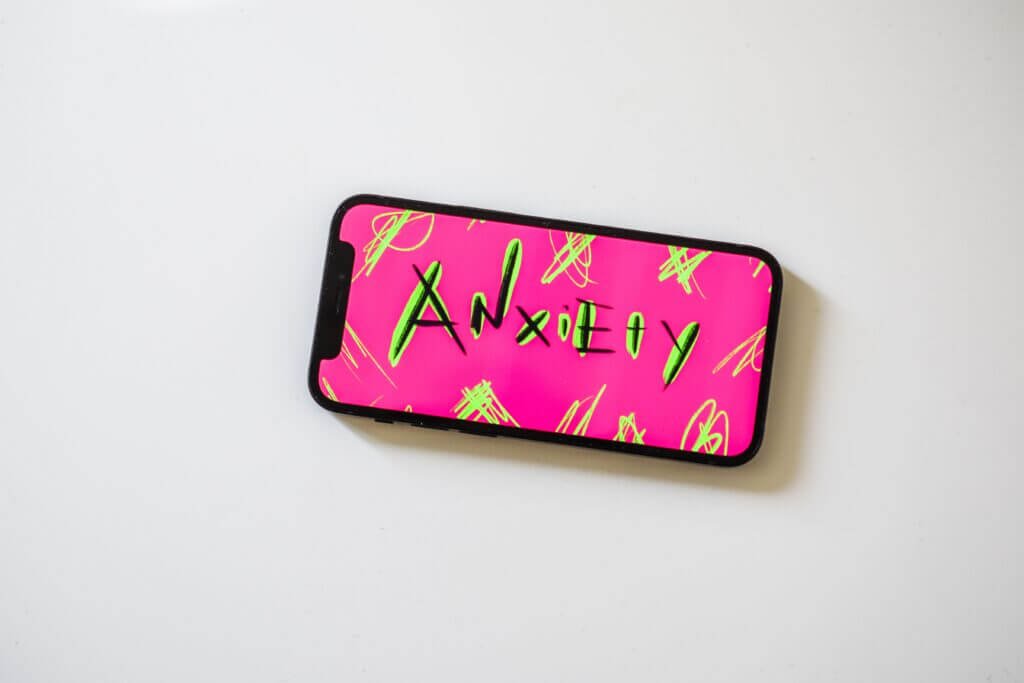
Social Interactions
Seeking affection
A happy pet will actively seek affection from their owners. They will approach you with a wagging tail, seeking to be petted and loved. Cats may rub against your legs or jump onto your lap, purring contently. Dogs may snuggle up beside you or rest their head on your lap, looking for your attention. Seeking affection is a clear sign that your pet values and enjoys their bond with you.
Interacting with other pets
Pets who are happy and content will often engage positively with other pets in your household. They may engage in friendly play behaviors, such as chasing each other or wrestling gently. Dogs may enjoy group walks or trips to the dog park, while cats may playfully bat at each other’s tails or engage in social grooming. When pets interact positively with each other, it creates a harmonious and joyful environment for everyone involved.
Enjoying playtime with humans
Pets crave interactive playtime with their human companions. Dogs may bring you their favorite toy, eagerly waiting for you to engage in a game of fetch or tug-of-war. Cats enjoy interactive toys, such as feather wands or laser pointers, which simulate hunting behaviors. Playtime not only provides mental and physical stimulation for your pet but also strengthens the bond between you and enhances their overall happiness.
Reacting positively to new people
A happy and well-socialized pet will typically react positively to new people entering their environment. They may approach visitors with a wagging tail, sniff them curiously, and show interest in their presence. Dogs may greet new people with excitement, while cats may cautiously observe from a distance before warming up to unfamiliar faces. Reacting positively to new people shows that your pet is confident and comfortable in their surroundings.
Grooming and Self-Care
Regular self-grooming
Pets who are happy and content will engage in regular self-grooming behaviors. Cats are known for their meticulous grooming habits, spending a significant amount of time cleaning their fur and keeping themselves tidy. Dogs also engage in self-grooming, such as licking their paws or cleaning their face. Regular self-grooming not only helps pets maintain a clean and healthy appearance but also promotes relaxation and a sense of well-being.
Healthy coat and skin
A shiny and healthy coat is another indicator of a happy pet. A well-nourished pet will have a glossy and smooth coat, free from mats, tangles, or excessive shedding. Their skin will be supple and without any signs of irritation or dryness. Regular grooming, a balanced diet, and proper veterinary care are essential for maintaining a pet’s coat and skin health.
Clean teeth and ears
A happy and well-cared-for pet will have clean teeth and ears. Dental care is crucial for preventing dental diseases and ensuring your pet’s overall health. Brushing your pet’s teeth regularly and providing dental treats or toys can help keep their teeth clean and their breath fresh. Additionally, clean and odor-free ears are a sign of good hygiene. Regularly check and clean your pet’s ears to prevent ear infections and discomfort.

Active and Engaged
Interest in toys and games
Active and engaged pets will display a genuine interest in toys and games. They will eagerly fetch a ball, chase after a squeaky toy, or engage in puzzle toys to find hidden treats. Dogs may also enjoy toys that promote mental stimulation, such as interactive treat-dispensing toys. Cats may be drawn to toys that mimic their natural prey, such as mice or feathers. Keeping your pet mentally and physically stimulated with toys and games contributes to their happiness and overall well-being.
Exploring the environment
Happy pets love to explore their environment. Dogs may enjoy going for walks or sniffing around the backyard to discover new scents. Cats may roam around the house, investigating nooks and crannies or peering out of windows to watch the world outdoors. Allowing your pet opportunities to explore their surroundings safely stimulates their senses and keeps them mentally engaged.
Participating in physical activities
Physical activities are vital for a happy and healthy pet. Dogs may enjoy regular walks, runs, or engaging in active play sessions. Cats can be encouraged to exercise through interactive play, such as chasing a wand toy or batting at a feather teaser. Engaging your pet in physical activities helps burn excess energy, promotes good cardiovascular health, and enhances their overall well-being.
Purring (for Cats)
Contentment and relaxation
For cat owners, the sound of a purring cat is one of the most comforting and reassuring sounds to hear. Cats often purr when they are content and relaxed, whether they are curled up on your lap or receiving gentle strokes. Purring is not only a sign of happiness but also promotes relaxation and helps cats alleviate stress. So, if your feline companion is purring away, it’s a good indication that they are feeling safe and loved.
Positive social interaction
Cats may purr as a way to communicate and engage in positive social interaction. They may purr when they greet you, seeking attention and affection. Purring can also serve as a form of bonding between cats, with mother cats purring to their kittens or cats purring to express their contentment with their feline companions. The gentle vibration of purring promotes a sense of calm and strengthens the emotional bond between cats and their human or feline companions.
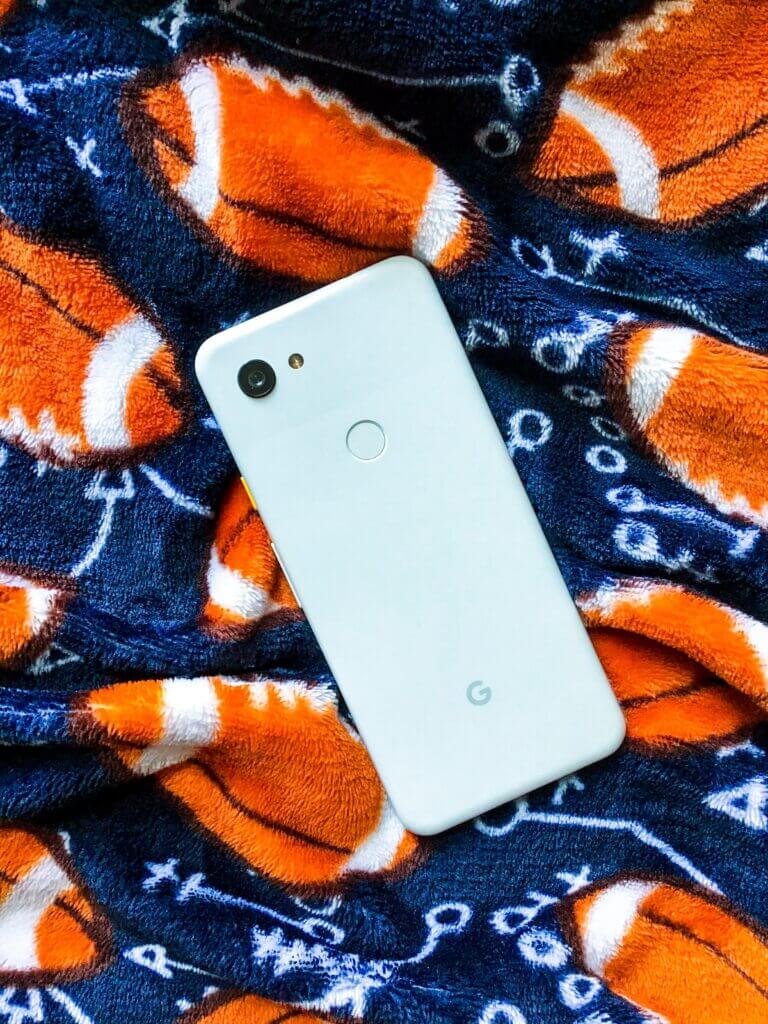
Vocalizations
Relaxed and happy vocalizations
Pets may vocalize to express their emotions, and relaxed and happy vocalizations can be a good indicator of their overall well-being. Dogs may emit a soft and gentle “woof” or “bark” when they are content or excited. Cats, on the other hand, may let out a comforting purr or emit a melodic meow when they are seeking attention or expressing satisfaction. It’s important to pay attention to the context and the overall body language accompanying these vocalizations to interpret them accurately.
Interacting through sounds
Pets may also use vocalizations as a way to interact with their owners or other pets. Dogs may bark playfully, inviting you to play or expressing excitement. Cats may use a variety of meows, chirps, or trills to communicate their desires or greet you. Understanding and responding accordingly to your pet’s vocalizations helps strengthen the bond between you and enhances their overall happiness.
Emotional bonds
Displays trust and loyalty
Happy pets often display trust and loyalty towards their owners. They seek comfort and security in your presence, showing a willingness to follow you and look to you for guidance. Dogs may exhibit unwavering devotion, always eager to be by your side and respond to your commands. Cats may display their trust through relaxed body language, seeking your attention, and purring contently while being in your presence. Trust and loyalty are the foundation of a strong emotional bond between pets and their owners.
Seeking your company
A happy pet will actively seek your company and enjoy spending time with you. They may follow you around the house, curl up beside you, or choose to nap in your vicinity. Dogs may show their desire for companionship by leaning against you or pressing their body close to yours. Cats may jump onto your lap or position themselves in close proximity to show that they value and enjoy your presence. Your pet’s desire for your company is a clear indication of your strong bond and their happiness.
Cuddling and snuggling
Cuddling and snuggling are behaviors that pets engage in to show their love, comfort, and happiness. Dogs may lean against you, rest their head on your lap, or curl up beside you on the couch. Cats may knead their paws against you or curl up on your chest or lap, seeking warmth and security. These cozy moments of physical closeness provide comfort and reassurance, fostering a deep emotional bond between you and your pet.
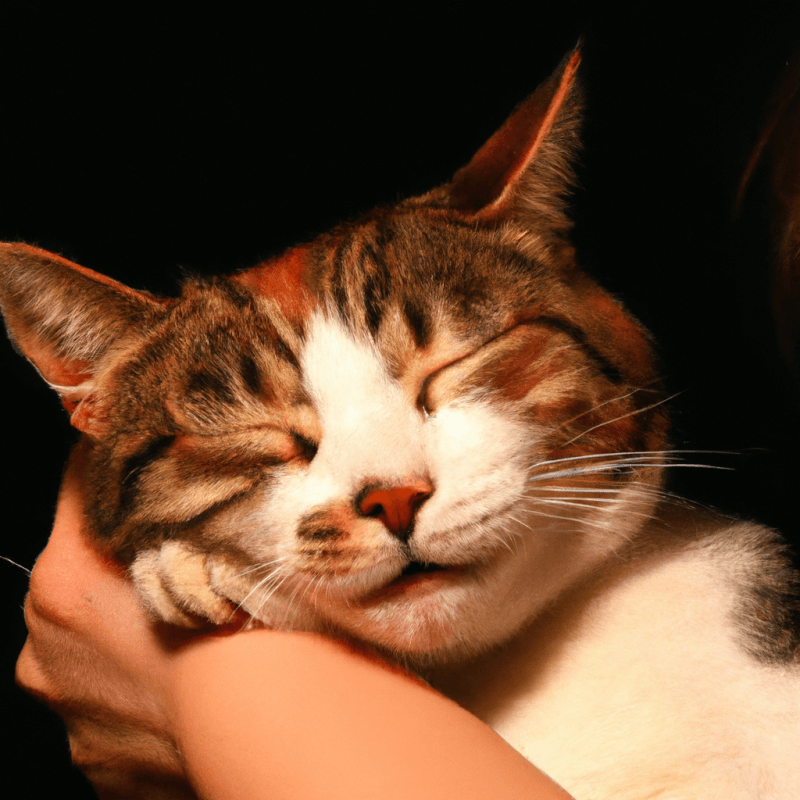
Good overall health
Steady energy levels
A happy pet will generally display steady and consistent energy levels throughout their daily routine. They will have the energy to engage in playtime and physical activities, and their enthusiasm will remain fairly constant. Pets who experience drastic changes in their energy levels, becoming excessively lethargic or hyperactive, may be experiencing health issues or emotional distress. Monitoring your pet’s energy levels can help ensure their overall well-being.
Regular veterinary visits
Maintaining good overall health for your pet involves regular veterinary check-ups. Happy and healthy pets receive routine vaccinations, preventive medications, and dental care. Regular veterinary visits help detect any underlying health issues early on, ensuring prompt treatment and preventing potential discomfort or pain. Taking proactive measures to look after your pet’s health contributes to their happiness and longevity.
No signs of illness or pain
A happy pet will generally show no signs of illness or pain. They will have a good appetite, healthy bathroom habits, and a lack of noticeable discomfort or distress. Regularly observing your pet’s behavior and physical condition can help you identify any subtle changes or signs of illness. Keeping an eye out for any unusual symptoms and addressing them promptly will help maintain your pet’s happiness and well-being.
Sleeping patterns
Resting comfortably
Pets who are happy and content will typically have peaceful and comfortable sleeping patterns. Dogs may find a cozy spot to curl up, stretch out, or find warmth against you or their favorite blanket. Cats may choose elevated perches or cozy beds for their snoozing spots. Pets who find a comfortable resting place and sleep peacefully indicate that they are relaxed and feel secure in their environment.
No signs of sleep disruptions
A happy pet should have uninterrupted sleep without any signs of disturbances. They should not exhibit restlessness, excessive tossing and turning, or vocalizations during the night. Sleep disruptions could indicate underlying health issues, discomfort, or stress. Ensuring a quiet and comfortable sleeping environment for your pet promotes their overall well-being and happiness.
In conclusion, understanding your pet’s body language, observing their eating habits, social interactions, grooming, and overall health are all key factors in determining their happiness. By paying attention to their behavior and the cues they give, you can ensure that your pet is leading a joyful and fulfilling life. Remember, a happy pet is a healthy pet, and your love and care go a long way towards ensuring their well-being.
